Understanding Obsessive-Compulsive Disorder (OCD)
SHARE
More Than Just Neatness
Understanding Obsessive-Compulsive Disorder (OCD): More Than Just Neatness
Obsessive-Compulsive Disorder (OCD) is a complex mental health condition that goes far beyond the stereotype of "liking things neat and organized." While many associate OCD with a love for tidiness, for those living with the disorder, organizing and arranging can become a source of stress and anxiety. Recognizing OCD for what it truly is—a mental health disorder rather than a quirky personality trait—helps raise awareness and support for those who struggle with it every day.
What Is OCD?
OCD is characterized by persistent, intrusive thoughts (obsessions) and repetitive behaviors (compulsions) that individuals feel compelled to perform in an attempt to relieve their anxiety. These obsessions and compulsions can occur every day and often feel overwhelming, leaving those affected trapped in a cycle they can't escape. People with OCD don’t take pleasure in these behaviors; they are driven by a need to relieve the distress caused by their obsessive thoughts.
The Cycle of OCD
One of the most difficult aspects of OCD is the cycle it creates. When someone has obsessive thoughts, they may feel an overwhelming urge to perform a specific action (compulsion) to ease the anxiety these thoughts provoke. For example, someone with OCD might repeatedly check if a door is locked, even though they know it's locked. Or they might wash their hands excessively, even if they are not dirty. This cycle is self-reinforcing: the more the person performs the compulsion, the more they feel the need to do it, reinforcing the obsessive thought.
Unfortunately, trying to ignore or suppress these intrusive thoughts often makes them stronger, intensifying the anxiety and leading to more compulsive behaviors. For someone with OCD, simply "trying harder" to stop the thoughts doesn't work. The disorder requires specialized treatment and support to manage effectively.
Common Obsessions and Compulsions
Obsessions can take many forms, and the specific worries or fears can vary from person to person. Some common types of obsessive thoughts include:
- Fear of contamination: This can involve concerns about touching surfaces, objects, or even people and believing they are contaminated, despite little or no actual risk.
- Need for symmetry or exactness: Some individuals feel compelled to arrange things in a particular order or to perform actions a certain number of times to avoid bad luck or negative outcomes.
- Intrusive thoughts: These are unwanted thoughts, often violent or disturbing, such as imagining harming someone, even when there is no intent or desire to act on them.
- Body or facial dysmorphia: Some individuals with OCD may obsess over perceived flaws in their appearance. They may believe their body or face is deformed or unattractive, even though others do not share these concerns. This obsession can lead to compulsive behaviors, such as excessive checking or attempts to fix the perceived flaw.
Compulsions are behaviors that individuals feel driven to perform to alleviate the distress caused by their obsessions. These actions often provide temporary relief but don’t address the underlying anxiety. Common compulsions include:
- Repetitive washing or cleaning: For some, washing hands or cleaning objects multiple times can temporarily reduce anxiety.
- Checking behaviors: People may repeatedly check if doors are locked, appliances are off, or if they have completed tasks correctly.
- Counting: Some people with OCD feel the need to count objects or repeat actions until they feel "just right."
- Reassurance-seeking: Constantly asking loved ones or medical professionals for reassurance, such as whether everything is okay, is another form of compulsive behavior.
- Skin picking (Excoriation Disorder): Some individuals with OCD may engage in skin picking as a compulsive behavior, often driven by anxiety or the need to relieve tension. This behavior can lead to skin damage and may become a repetitive cycle that worsens over time.
OCD in the Deaf Community
Individuals in the Deaf* community face additional challenges when it comes to OCD. Communication barriers, limited access to mental health resources in sign language, and lack of awareness about the disorder can make it harder for Deaf individuals to receive a proper diagnosis. Without access to information about OCD in a format they understand, such as in sign language, it can be difficult for people to recognize their symptoms and seek help.
Sadly, this lack of awareness can lead to misdiagnosis, where Deaf individuals may be incorrectly diagnosed with a different condition. They may also believe their symptoms are just personality quirks or due to social isolation, rather than a diagnosable mental health condition. Left untreated, OCD symptoms can worsen, leading to greater distress and even thoughts of self-harm or suicide.
Bridging the Gap in Mental Health Care
To ensure Deaf individuals with OCD receive the support they need, improving access to mental health care and enhancing communication with professionals is crucial. This includes providing resources in sign language, using interpreters in medical settings, and raising awareness within both the Deaf and broader medical communities. A more inclusive approach will help ensure better mental health outcomes for everyone, regardless of their communication needs.
Effective Treatments for OCD
Fortunately, there are effective therapies that can help manage OCD symptoms and improve quality of life. Some of the most widely used approaches include:
- Exposure and Response Prevention (ERP): A form of Cognitive Behavioral Therapy (CBT), ERP helps individuals gradually face their fears and refrain from engaging in compulsive behaviors.
- Cognitive Behavioral Therapy (CBT): CBT helps individuals identify and challenge irrational thoughts, replacing them with more balanced ways of thinking.
- Acceptance and Commitment Therapy (ACT): This approach helps individuals accept distressing thoughts and feelings rather than trying to suppress or eliminate them, while committing to values-based actions.
- Mindfulness: Mindfulness techniques can help individuals manage anxiety and obsessive thoughts without resorting to compulsive behaviors.
Conclusion
OCD is a serious and often misunderstood mental health condition that can have a profound impact on a person’s daily life. Understanding that it is more than just a desire for neatness can help reduce stigma and encourage people to seek support. With the right treatment and support, individuals with OCD can manage their symptoms and lead fulfilling lives. If you or someone you know is struggling with OCD, it’s important to seek help from a mental health professional who specializes in treating the disorder. With proper care, recovery is possible.
*Together We Are Stronger. Inclusive of All.
In this article, the term "Deaf" encompasses the community’s diverse identity spectrum, including but not limited to Deaf, Hard of Hearing, deaf, Deaf+, and DeafBlind.

